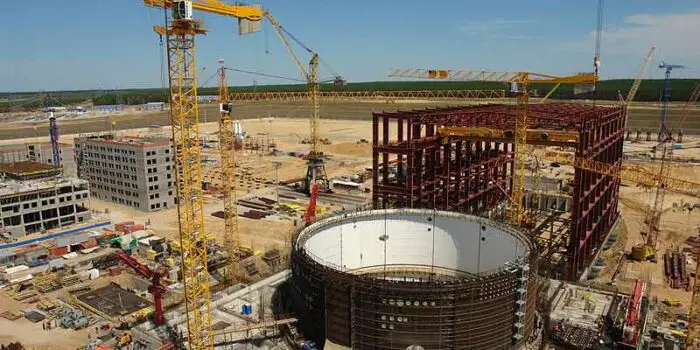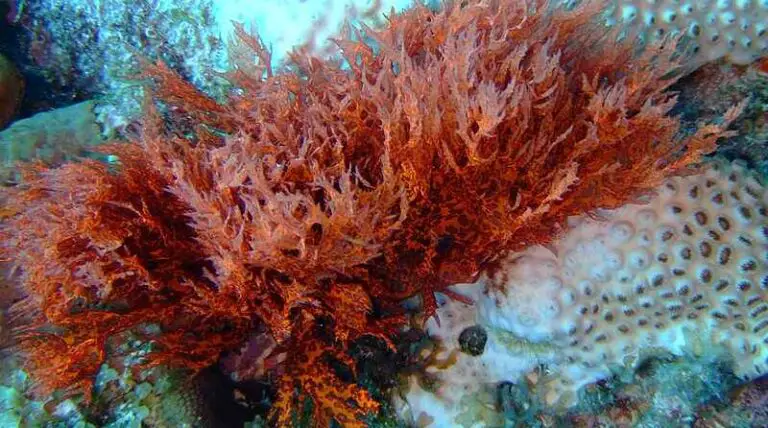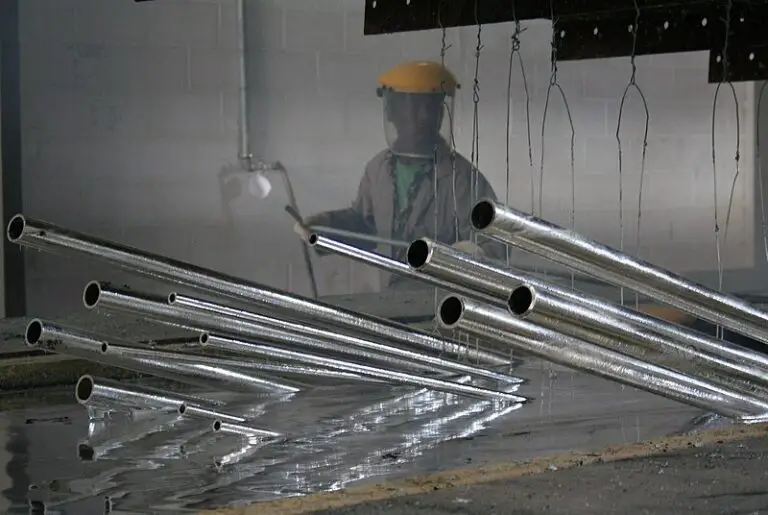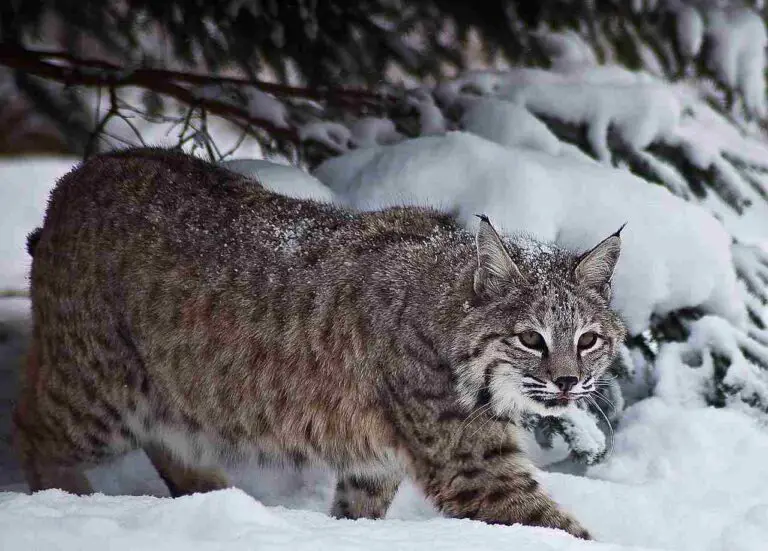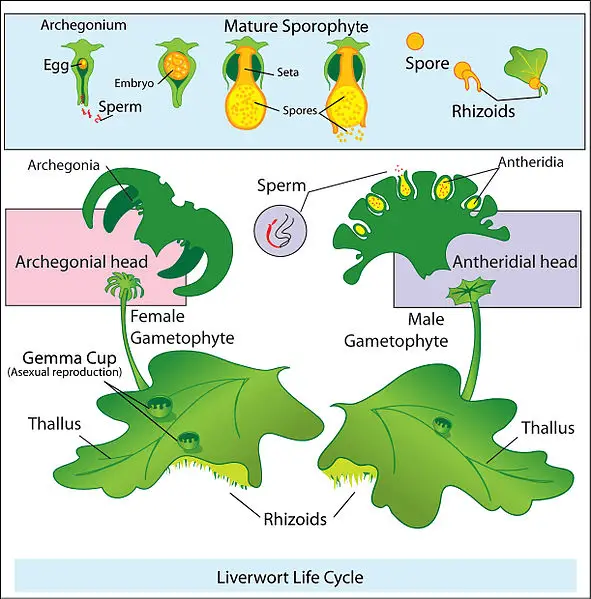5 Disadvantages of Nuclear Fission Explained
Disadvantages of nuclear fission are; hazardous waste production, non-renewable process, high capital cost, less energy than fusion, and security risks.
This article discusses the disadvantages of nuclear fission, as follows;
1). Hazardous Waste Production (as one of the Disadvantages of Nuclear Fission)
Nuclear fission produces radioactive waste, which is highly hazardous and can have significant impacts on the ecosystem [1].
The amount of waste produce by nuclear fission varies by type of nuclear reactor and fuel used, and in some cases high-level waste may be up to 0.1% of the total initial weight (in tons) of fuel.
While this amount may seem small, it can be better evaluated when we consider that other types of nuclear waste (low-level, intermediate-level) may also be produced, as well as when the scale of fuel consumption in nuclear power plants is put into perspective.
Nuclear waste is hazardous because it emits ionizing radiation which can destroy living cells (thereby causing health problems) and reduce productivity of the environment.
The production of radioactive waste makes the use of human-controlled nuclear fission to be a less-sustainable option, especially with regards to exploiting nuclear energy for electricity generation and heating, among other uses.
2). Non Renewable Process
Nuclear fission is a sustainable process with regards to the environment, because it has minimal environmental impact compared to fossil fuels, especially in terms of the emission of greenhouse gases into the atmosphere [2]. However, it is not sustainable in terms of indefinite continuity of use.
Nuclear energy resources are non-renewable, as they occur in finite quantity on Earth and can in fact be depleted with continuous consumption.
While it is suitable for green economic development by being a clean process, nuclear fission is not ideal for a circular economy, because its energy sources are not renewable.
Fuels like uranium can only be derived by ore mining and processing, and it must be mentioned that suitable ores of radioactive material (suitable in terms of size and grade) are not abundant in all parts of the world.
What the above implies is that there is a geographic limit on the use of nuclear energy, which works only in favor of regions that are rich in quality radioactive ore deposits.
Non-renewable fuel supply is a major disadvantage because it places nuclear fission in the category of short-term energy options like fossil fuel combustion. It also suggests that the process might not be ideal as part of any long-term scheme for energy transition.
3). High Capital Cost of Equipment (as one of the Disadvantages of Nuclear Fission)
Nuclear fission is expensive because of the cost for installing a nuclear power plant and all its associated equipment, as well as that for maintenance and waste disposal.
Among the well-known electricity generation technologies of today, nuclear power plants has the highest capital cost on average. The capital cost of a nuclear power plant per kilowatt is approximately 10,300 US dollars, based on a range from $ 7,800 to $ 12,800 [3].
Nuclear energy does not have high operating costs compared to other energy forms, since the main procedure used to generate electricity here involves long-term fission, spent fuel removal, and waste management.
The relatively-low operating cost of nuclear energy systems can also be attributed to the low-carbon composition of nuclear fuels and processes, which reduces expenditure on carbon taxes, carbon capture equipment, and various measures for remediation.
In spite of these advantages, the large initial investment that is required to set-up a nuclear energy facility indicates that total expenditure is high [4].

4). Less Energy than Fusion
In comparison to fusion, the energy released by nuclear fission is small.
The main difference between fission and fusion lies in the fact that fission involves radio-atomic splitting while fusion involves binding.
Fission releases less energy than fusion because on a per-unit-mass basis, fusion is more energy-productive, as it involves smaller isotopic atoms than those which are involved in nuclear fission. Nuclear fission requires larger atoms, and releases less energy per unit mass than fusion.
Another way to explain this is to state that electromagnetic energy from the forceful separation of atoms is generally less than that which comes from the binding of smaller atomic particles to create larger ones.
While this may not be a huge disadvantage (especially as fission is the more usable reaction as of yet) it indicates that the use of nuclear fission may not allow nuclear resources to perform to their full energy potential.
5). Security Risks (as one of the Disadvantages of Nuclear Fission)
The risks of nuclear fission generally include environmental pollution and human health problems that may occur on exposure to radioactive material.
Security risks of nuclear fission arise from the fact that nuclear power plants and other similar facilities are potential targets of offensive militant activity, including crimes of sabotage and exploitation as a medium for large-scale devastation during unrest.
These risks exist because radioactive materials are energy-dense, and can be very hazardous if their energy is released in an instantaneous and uncontrolled manner; as is the case with atomic bombs.
To address the problem, countries with nuclear facilities generally take measures to secure them.
The kind of security that exists in nuclear power plants comprises of smart sensor-monitoring, physical patrol, protective structures and digital data protection.
Conclusion
Disadvantages of nuclear fission are;
1. Hazardous Waste Production
2. Non Renewable Process
3. High Capital Cost of Equipment
4. Less Energy than Fusion
5. Security Risks
References
1). Alwaeli, M.; Mannheim, V. (2022). "Investigation into the Current State of Nuclear Energy and Nuclear Waste Management—A State-of-the-Art Review." Energies 15(12):4275. Available at: https://doi.org/10.3390/en15124275. (Accessed 17 February 2023).
2). Li, T.; Du, D.; Wang, X.; Qin, X. (2022). "Can Nuclear Power Products Mitigate Greenhouse Gas Emissions? Evidence from Global Trade Network." Int J Environ Res Public Health. 2022 Jun 25;19(13):7808. Available at: https://doi.org/10.3390/ijerph19137808. (Accessed 17 February 2023).
3). Statista (2023). "Estimated capital costs of energy generation in the United States in 2021, by energy source*." Available at: https://www.statista.com/statistics/654401/estimated-capital-cost-of-energy-generation-in-the-us-by-technology/. (Accessed 17 February 2023).
4). Stewart, W. R.; Shirvan, K. (2022). "Capital cost estimation for advanced nuclear power plants." Renewable and Sustainable Energy Reviews, Volume 155, March 2022, 111880. Available at: https://www.sciencedirect.com/science/article/abs/pii/S1364032121011473. (Accessed 17 February 2023).
